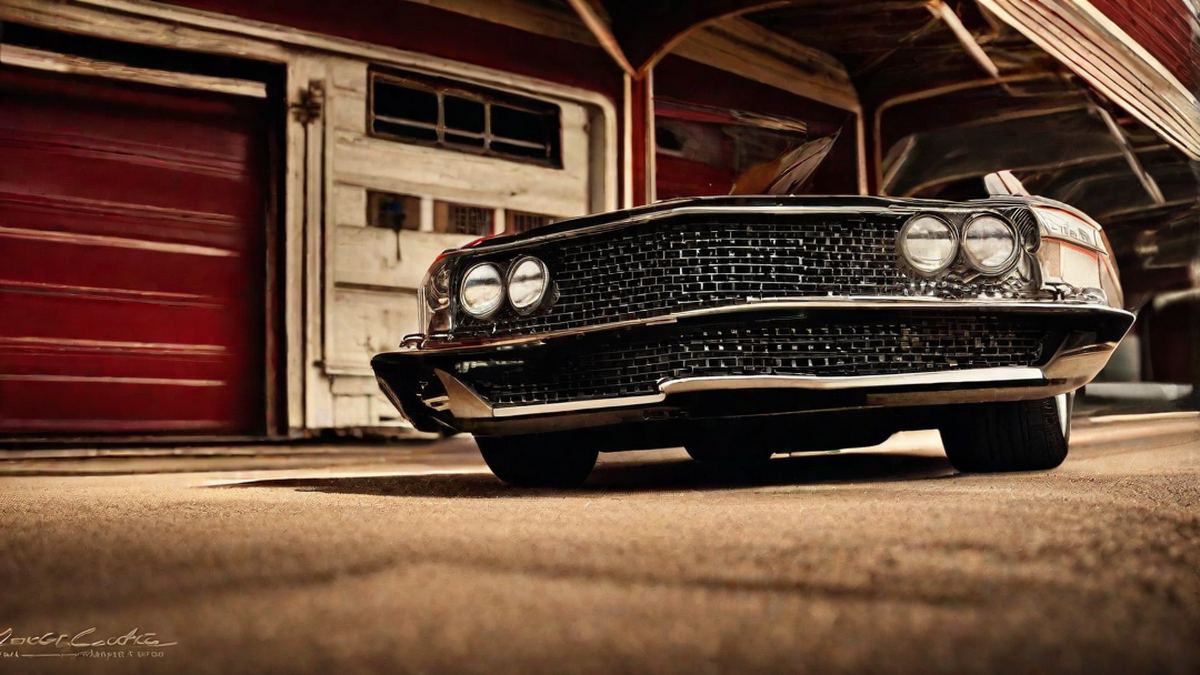So, you’ve got a non-running car sitting in your driveway or garage, taking up space and collecting dust. Trust me, I’ve been there, and I know how frustrating it can be. But don’t worry, because I’ve got you covered. In this article, I’m going to guide you through the process of getting rid of that non-running car, step by step.
Assess the Condition
The first thing you need to do is assess the condition of your non-running car. Is it easily repairable? Or is it beyond repair? If you have some basic mechanical knowledge, it might be worth trying to fix the car yourself. However, if the repair costs are going to be too high, it’s probably not worth it.
Consider Selling It
If your non-running car is still in decent condition and has some value, you might want to consider selling it. You can list it on online classified platforms or reach out to local junkyards or auto salvage yards. Be honest about the car’s condition and provide clear pictures so that potential buyers can make an informed decision.
Donate It
If selling your non-running car doesn’t seem like the right option for you, another great alternative is to donate it to a charitable organization. There are many non-profit organizations and charities that accept vehicle donations. Not only will you be getting rid of your car, but you’ll also be helping a good cause.
Call a Towing Service
If your non-running car is in really bad shape and no longer has any value, you can simply call a towing service to have it removed. They will come and tow away your car, freeing up valuable space in your driveway or garage. Just make sure to do your research and choose a reputable towing company.
Dispose of Fluids and Batteries Properly
Before getting rid of your non-running car, it’s important to properly dispose of any fluids and batteries. This includes engine oil, coolant, transmission fluid, and the car battery. Improper disposal of these hazardous materials can harm the environment, so check with your local recycling center or auto parts store for guidance on how to dispose of them safely.
Recycle the Car
If all else fails and you’re unable to find a buyer, donate, or have your non-running car towed away, consider recycling it. Many parts of a car can be recycled, including the metal, glass, and plastic components. Contact your local recycling facility or scrap yard to inquire about their policies and procedures for recycling cars.
Conclusion
Getting rid of a non-running car doesn’t have to be a daunting task. By assessing the condition, considering selling or donating it, calling a towing service if necessary, properly disposing of fluids and batteries, and exploring recycling options, you can successfully remove that eyesore from your property. Remember, getting rid of your non-running car will not only declutter your space but also give you peace of mind. Good luck!

